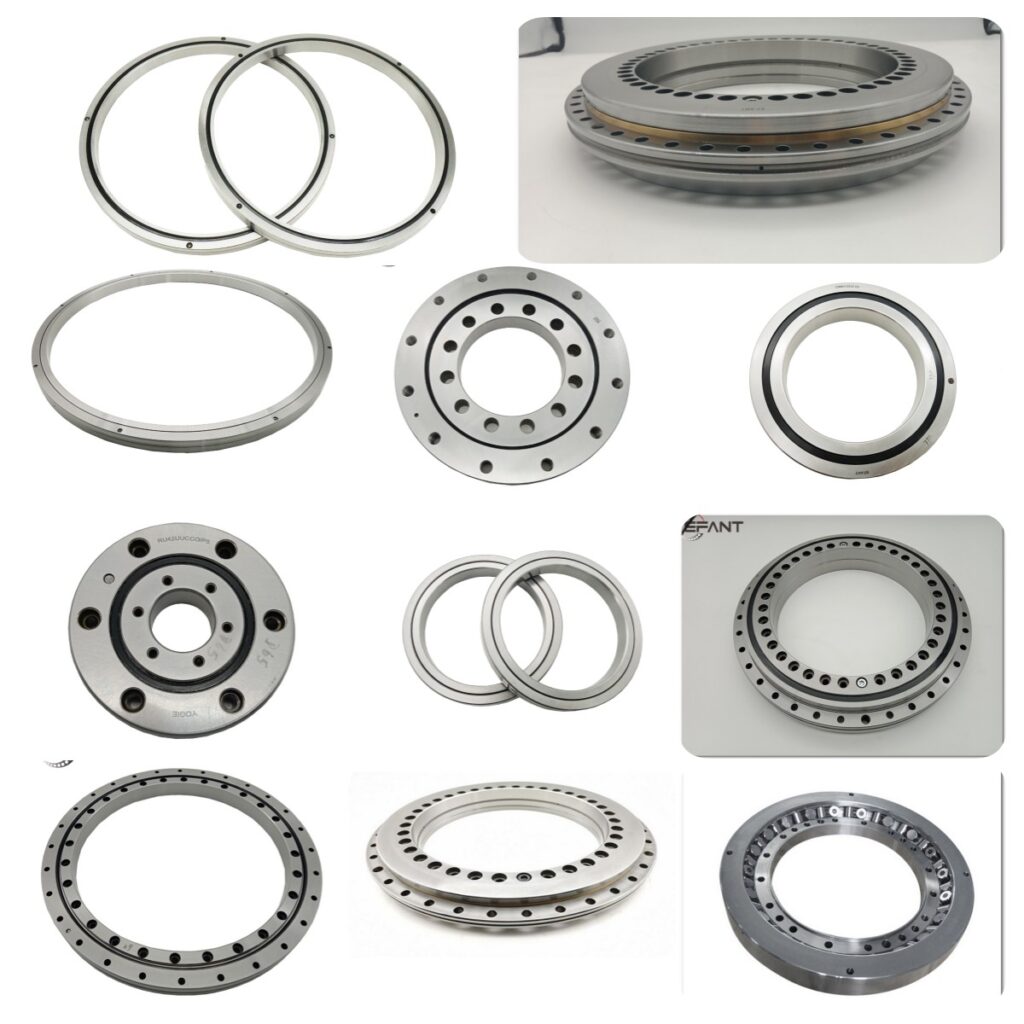
Oil bath quenching is a heat treatment process used to rapidly cool heated metals and alloys by immersing them in a bath of oil. The oil acts as a quenching medium, extracting heat from the material and reducing its temperature to achieve desired material properties.
During oil bath quenching, the metal or alloy is heated to a specific temperature based on the desired phase transformations or metallurgical changes. Common heat treatment processes that involve oil bath quenching include hardening, tempering, and annealing.
Once the material reaches the desired temperature, it is quickly submerged into the oil bath. The oil used for quenching can vary in type, viscosity, and composition depending on the material being treated and the desired quenching characteristics. Some commonly used quenching oils include mineral oils, petroleum-based oils, and synthetic oils.
The oil bath provides a controlled cooling environment for the material. Compared to other quenching media such as water or brine, oil has a lower quenching rate, resulting in slower and more controlled cooling. This slower cooling rate helps to minimize the risk of distortion, cracking, and other quench-related issues that can occur when materials are rapidly cooled.
The oil bath can be agitated or stirred to improve heat transfer and enhance cooling efficiency. Agitation can be achieved using mechanical means, such as air jets or paddles, or by circulating the oil through a pump system.
The specific quenching parameters, including the oil type, temperature, agitation, and immersion time, are determined based on factors such as the material being treated, its composition, and the desired material properties. Proper process design and control are essential to achieve the desired metallurgical results, such as improved hardness, strength, and dimensional stability.
It is important to note that oil bath quenching may not be suitable for all materials and applications. Certain materials, such as those with high hardenability or when rapid cooling is required, may require more aggressive quenching methods like water quenching or polymer quenching. The selection of the quenching method should be based on a thorough understanding of the material's properties and the desired outcome of the heat treatment process.

Our main products are RB, RA, CRBH, SX, RU, XU, XSU series crossed cylindrical roller bearings, XR, JXR crossed tapered roller bearings, YRT, YRTS, ZKLDF series rotary table bearings. Many models are bulk on the stock.
Please feel free to contact us if you have any requirements.
Dec-25-2024
Trade Shows&Event
Three things you should pay attention to when using turntable bearings! More InformationDec-24-2024
Trade Shows&Event
A brief introduction to the advantages of cylindrical roller bearings! More InformationDec-23-2024
Trade Shows&Event
What are the characteristics and applications of double-row cylindrical roller bearings? More InformationSubmit Request